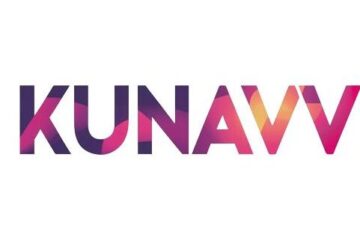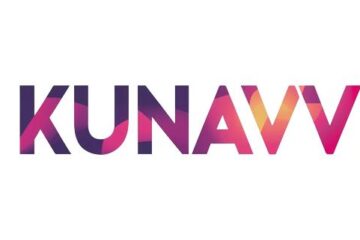DVC Consultants introduces a groundbreaking Early Warning System designed to safeguard companies against the threat of disruptive technologies that may jeopardise their established business models. Central to this innovative approach is the meticulous application of Simulation and Scenario Planning, constituting the initial phase of our cutting-edge LOAF Gen AI 24 process.
Simulating and scenario planning disruptive technologies using Generative AI involves leveraging the capabilities of artificial intelligence to generate diverse and realistic scenarios. Here’s a step-by-step guide:
1. Define Objectives:
– Clearly outline the objectives of the simulation and scenario planning. Identify key parameters, such as cost reduction, efficiency improvement, or risk mitigation.
2. Identify Disruptive Technologies:
– List the specific disruptive technologies relevant to your industry or domain. In the case of oil and gas, this could include digitalization, AI, IoT, robotics, blockchain, etc.
3. Data Gathering:
– Collect historical data, industry trends, and relevant information on the chosen disruptive technologies. This data will be used as input for the Generative AI model.
4. Select Generative AI Platform:
– Choose a Generative AI platform capable of processing the data and generating realistic scenarios. Platforms like OpenAI’s GPT (Generative Pre-trained Transformer) models are suitable for this task.
5. Training the Model:
– Train the Generative AI model on the gathered data. The model learns patterns, relationships, and potential outcomes based on historical and contextual information.
6. Input Scenarios:
– Define input scenarios by specifying the parameters you want to explore. For example, input the adoption of AI for predictive maintenance or the integration of blockchain for supply chain optimization.
7. Generate Scenarios:
– Use the trained Generative AI model to generate a range of scenarios based on the input parameters. The model extrapolates potential developments, outcomes, and challenges associated with the chosen disruptive technologies.
8. Evaluate and Refine:
– Evaluate the generated scenarios against the defined objectives. Assess the feasibility, risks, and benefits of each scenario. Refine the scenarios based on feedback and additional insights.
9. Iterative Process:
– Iterate the process by adjusting input parameters, incorporating new data, or refining the Generative AI model. This iterative approach enhances the accuracy and relevance of the generated scenarios.
10. Scenario Analysis:
– Conduct a detailed analysis of the generated scenarios, considering their impact on operations, costs, efficiency, and other relevant factors. Prioritize scenarios based on their alignment with organizational goals.
11. Decision-Making Support:
– Utilize the generated scenarios as a tool for decision-making support. The scenarios provide a forward-looking perspective, helping organizations make informed choices in adopting and implementing disruptive technologies.
12. Continuous Monitoring:
– Continuously monitor industry trends, technological advancements, and real-world developments. Update the Generative AI model accordingly to ensure the simulation remains relevant and aligned with the evolving landscape.
Once this has been done, we leverage the power of Generative AI, to apply advanced algorithms to craft comprehensive and forward-looking technology roadmaps. By harnessing artificial intelligence in this process, we enhance the identification of synergies among different technologies, optimize adaptability to evolving market needs, and fortify the strategic foundation for navigating disruptive landscapes.
By integrating Generative AI into the simulation and scenario planning process, organizations can gain valuable insights into the potential futures shaped by disruptive technologies, enabling them to navigate uncertainties and make strategic decisions with greater confidence.
q.anderson@dvcconsultants.com
quentin@agencio.ai



0 Comments